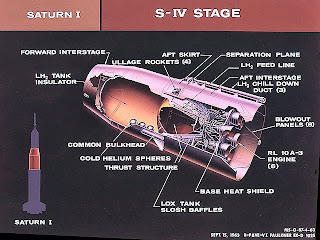X-15 #2 upside down and in trouble on lake bed.
I found an interesting little incident that happened during the X-15 rocket plane tests back in 1962. On November 9, 1962, pilot Jack McKay was dropped from the B-52 mothership in X-15 #2 over Mud Lake, Nevada. The goal was to reach an altitude of over 120,000 feet. It was the seventh time McKay had flown one of the rocket planes, and it was the 31st mission for the #2 craft. Suddenly engine trouble put the mission in jeopardy. McKay piloted the craft down in a glide to land on the superflat dry lakebed below. Unexpectedly (of course) the nosewheel broke upon touchdown and the craft lost control, sliding nose down and then turning sideways, posing the danger of cartwheeling and breaking up. However, the craft had slowed down, and then flipped over on its back only once, saving the craft and pilot. The picture above shows its final resting position and state after emergency crews had "safed" the X-15. McKay suffered only light injuries, and the X-15 had damage to the nosegear, nose, wings, and tail. Engineers determined the craft could be repaired. That's a very tough vehicle! (and pilot, too!)
Pilot Jack McKay on the right, with a rebuilt X-15 in 1966.


_Launch.jpg)




